

At their best, music games can be deeply communal as player and developer participate in a conversation about their shared passion for music. Music games allow fans to relate to music in an entirely new way and can even challenge a player’s preconceptions about specific artists or genres. Music games also grant players a feeling of mastery — over an instrument, over an enormous crowd of cheering fans — that most people would otherwise never experience.
Which brings us to Neversoft’s Guitar Hero: Warriors of Rock. A sturdy entry in the long-running series, sprawling in content and gameplay, but seemingly without ambition or aesthetic focus. It plays as well as any music game ever has, but brings absolutely nothing new to the genre. Can these Warriors hold their own with the elite of the music game world?
Warriors of Rock is the first Guitar Hero game to feature a story-based Quest Mode. Narrated by Gene Simmons of Kiss, Quest Mode tasks players with recruiting a series of band members who will ultimately battle The Beast and resurrect the God of Rock. Characters are chosen from a world map screen, and though players have a measure of freedom in the order they chose to acquire the Warriors, Quest Mode is ultimately a linear affair. Before progressing to the final battle, each and every character will have to be collected.
Each character possesses a unique power that gives them a specific scoring advantage (higher multipliers, more Star Power, etc.). These aren’t particularly important early on, but once the full band is assembled, and their powers combined, players can begin to earn some seriously high scores. Before a character can be recruited, players must earn enough stars to allow him or her to transform into a Warrior.
Though Warriors of Rock in general, and Quest mode in particular, declares an allegiance to Capital “R” Rock, the game displays a real lack of both reverence and insight. Its proclamations of rock adoration never feel genuine or organic in the way that, for instance, Brutal Legend’s did. Instead of an overriding, focused mythology, every possible visual cliche (Robots! Demons! Elves! Mummys!) is simply thrown at the characters in the hope that, by the end of the game, some sort of consistency would emerge. It doesn’t.
An example: early on, players will recruit Judy, who’s setlist is comprised of 90s alternative rock and, inexplicably, Queen’s “Bohemian Rhapsody” (each of Warriors of Rock’s characters are loosely affiliated with a specific musical genre, from 1970s FM hits to modern arena rock, and beyond). Her untransformed attire is already pretty garish, suggesting some sort of Hot-Topic revisionist take on 90s punk, metal, and grunge attire. But the transformation? Though her set includes the least “rocking” song in the game (REM’s “Losing My Religion,” a fun song to play, but decidedly mellow), Judy transforms in a one-winged demon babe, wearing Insane Clown Posse makeup that recalls Ichi The Killer. And she grows hooves. Hooves! Other characters fare no better.
To be fair, the characters are well-rendered technically, with flowing clothes and hair, and generally high levels of detail. The characters are expressively animated, and their performances are nicely staged, as in Warriors of Rock’s launch trailer. Though the graphical muscle applied to the characters doesn’t carry over into every aspect of the game (the drums, particularly, don’t look so hot), Warriors of Rock is currently the best looking music game on the market.
Continue to page two of Game Rant’s Guitar Hero: Warriors of Rock review!
Continued:
« 1 2 »



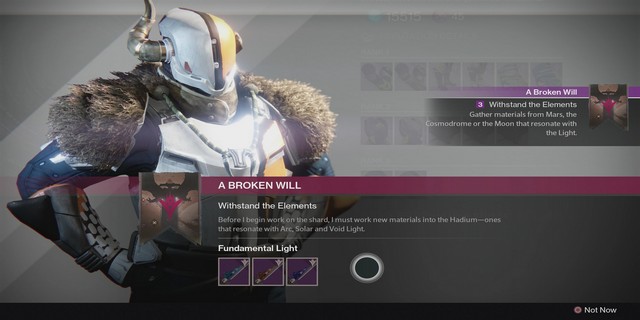
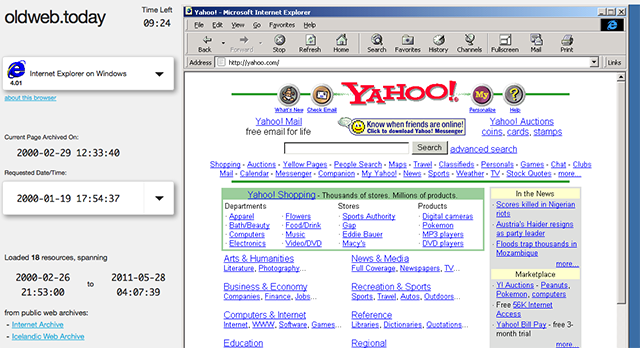 5 Sites to Relive Your Old Computer Right in Your Browser
5 Sites to Relive Your Old Computer Right in Your Browser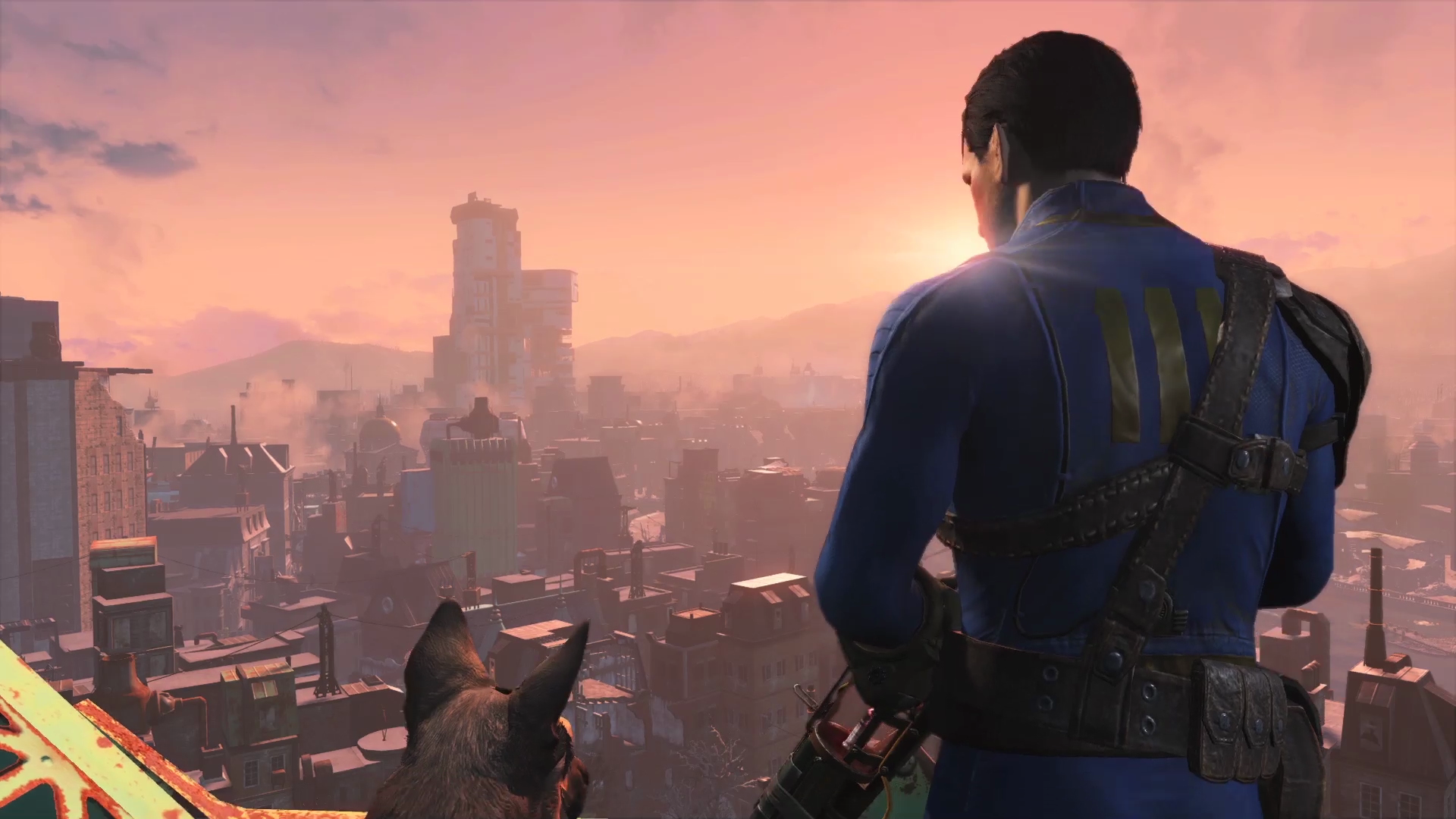 Fallout 4: How to Get Rid of Radiation and Rad Damage
Fallout 4: How to Get Rid of Radiation and Rad Damage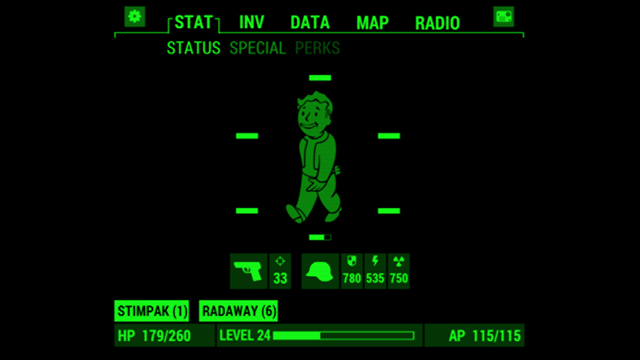 Not Using the Fallout 4 Mobile App? You're Missing Out!
Not Using the Fallout 4 Mobile App? You're Missing Out!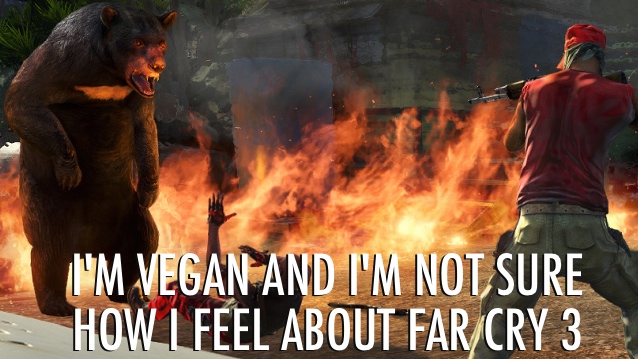 Im Vegan And Im Not Sure How I Feel About Far Cry 3
Im Vegan And Im Not Sure How I Feel About Far Cry 3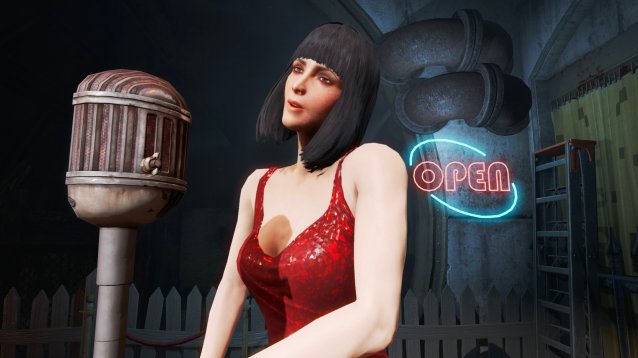 Fallout 4 Guide: How To Have Sex With Magnolia
Fallout 4 Guide: How To Have Sex With Magnolia